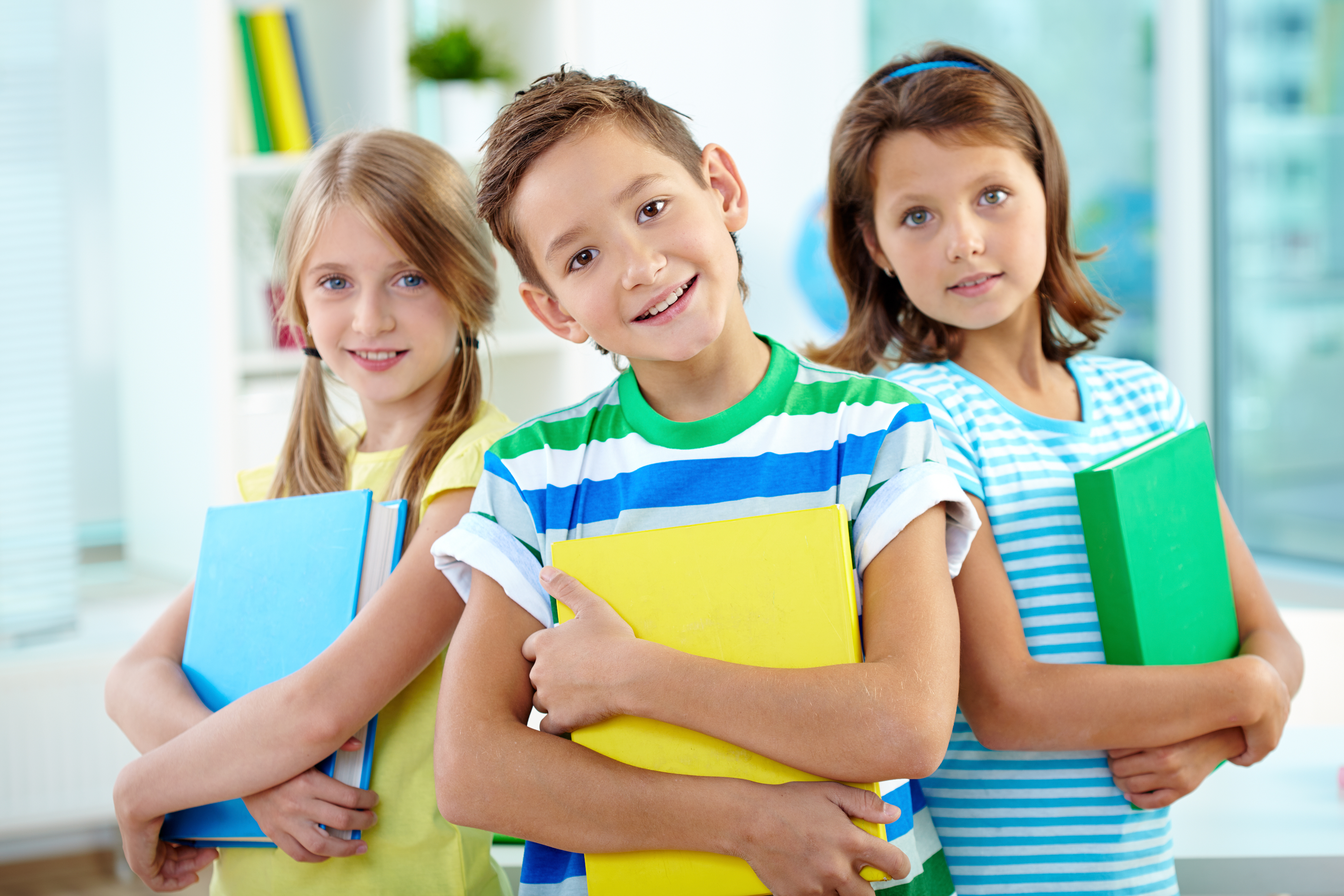
KinderGarden

In Kindergarten the concepts of learning webbed with activities and hands on exploration encourages interactive learning. Literacy, Numeracy & General Awareness are the areas of specific subjects.
There are so many wonderful things for your child to look forward to in kindergarten. He gets to go to the “big” school, make new friends, and may be even ride the school bus. To prepare him (and you) for the big move, it helps to know just how kindergarten differs from a preschool or day-care setting. Here’s what to expect: in Kindergarten A Bigger Building with More Kids Kindergartens are often housed in neighborhood elementary schools. There will be longer hallways and staircases to navigate, and most likely, older children in the building. Classes will be larger, often having twice as many students as the preschool classroom. Greater Responsibility Autonomy is critical in kindergarten. Since there’s less one-on-one attention, your child will be expected to be able to put on his jacket, fasten his shoes and backpack, open lunch and juice boxes, and go to the bathroom by himself. The schedule is more structured than you’ll find in preschool or day care and expectations for behavior run high. Your child must be able to sit still and focus on the teacher, raise his hand before talking, move quickly and quietly through the classroom and halls, and work cooperatively with others. A Faster-Paced Curriculum Kindergarten students are now being expected to meet standards that were once reserved for 1st graders. At the beginning of the year, your child should know how to write her name in upper- and lowercase letters, count from one to 10, and identify basic colors and shapes. There will be less free play than in preschool, though the focus will still be on fun. Teachers will use songs and games to deliver lessons about math, science, social studies, and language arts. Another big change: homework. Your child will probably have about 20 minutes a night — usually a math or alphabet activity, journal writing, and listening to you read aloud.

Primary

A quality primary education allows a student to thrive, to learn how to participate and to study and master the basics of the main course subjects. Kids of various ages as they enter the education system, through a balanced curriculum, it is intended the basic goal of a quality primary education is to establish, create and offer opportunities to provide emotional and cognitive instruction and to assist in social development. A quality primary education allows a student to thrive, to learn how to participate and to study and master the basics of the main course subjects. Benefits of a Primary Education A primary school includes the basic subjects of math, reading and physical education, but primary education is so much more. The primary grades can be an exciting and fruitful endeavor for both the child and the parent. Whether a child starts early at the tender age of 5 for kindergarten or enters school at another primary school age, there are many benefits in attending elementary school. A large part of primary education that is often overlooked is the social skills that come from interacting with teachers, pupils and others.

Secondary

Secondary education covers two phases the International Standard Classification of Education scale. Level 2 or lower secondary education (less common junior secondary education) is considered the second and final phase of basic education, and level 3 (upper) secondary education is the stage before tertiary education. Every country aims to provide basic education, but the systems and terminology remain unique to them. Secondary education typically takes place after six years of primary education and is followed by higher education, vocational education or employment. In most countries secondary education is compulsory at least until the age of 16. Children typically enter the lower secondary phase around age 11. Compulsory education sometimes extends to age 19. Since 1989, education has been seen as a basic human right for a child; Article 28, of the Convention on the Rights of the Child states that primary education should be free and compulsory while different forms of secondary education including general and vocational education should be available and accessible to every child. The terminology has proved difficult and there was no universal definition before ISCED divided the period between primary education and university into junior secondary education and upper secondary education.
